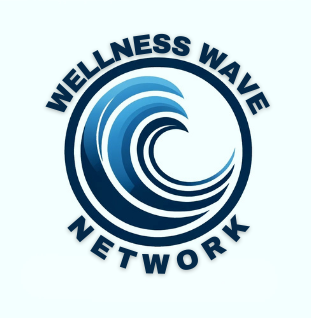Acne: Causes, Symptoms, and Treatment for Teen and Adult Acne

Let's talk about acne, dear ones. While it is often associated with teenagers, acne can affect people of all ages, including adults. Understanding the causes, symptoms, and treatments for adult acne can help you manage this common skin condition more effectively.
Causes and Symptoms
Causes of Acne:
Acne occurs when hair follicles become clogged with oil and dead skin cells. Several factors contribute to this condition, including:
- Excess Oil Production: Hormonal changes can increase sebum production, particularly during puberty and midlife, leading to clogged pores (Mayo Clinic).
- Bacteria: Propionibacterium acnes, a type of bacteria, can grow in clogged hair follicles, causing inflammation and pimples (Mayo Clinic).
- Diet: Certain carbohydrate-rich foods like bread and chips might exacerbate acne, though more research is needed to confirm this link (Mayo Clinic) (Mayo Clinic News Network).
- Stress: While stress does not cause acne, it can worsen existing conditions by increasing inflammation and oil production (Mayo Clinic News Network).
Symptoms of Acne:
Acne can present itself in various forms, including:
- Whiteheads (closed plugged pores)
- Blackheads (open plugged pores)
- Small red, tender bumps (papules)
- Pimples (pustules), which are papules with pus at their tips
- Large, solid, painful lumps beneath the surface of the skin (nodules)
- Painful, pus-filled lumps beneath the surface of the skin (cystic lesions) (Mayo Clinic News Network).
Treatment Options for Acne
Over-the-Counter Treatments: Start with over-the-counter products that contain benzoyl peroxide or salicylic acid. These ingredients help reduce oil production, unclog pores, and decrease inflammation (Mayo Clinic News Network). Here are some options you can consider:
Benzoyl Peroxide Products:


- Topical Gels and Creams: Products like Clean & Clear Persa-Gel 10 contain benzoyl peroxide and can be applied directly to acne-prone areas.
Salicylic Acid Products:
- Cleansers: Salicylic acid cleansers, such as the CeraVe Renewing SA Cleanser, help exfoliate the skin and unclog pores.

- Toners and Spot Treatments: The Ordinary Salicylic Acid 2% Solution can be used as a spot treatment to reduce inflammation and clear pores.
Prescription Treatments: If over-the-counter products do not improve your acne after a few months, a dermatologist can prescribe stronger medications such as:
- Topical Retinoids: These help prevent clogging of hair follicles.
- Antibiotics: To reduce inflammation and bacteria.
- Hormonal Treatments: Oral contraceptives or anti-androgen agents can be particularly effective for women (Mayo Clinic).
Adult Acne: Adult acne, especially in women, can be linked to hormonal changes during midlife. Treatment for adult acne often starts with the same over-the-counter products used by teenagers but may require additional interventions like hormonal therapy or prescription medications if over-the-counter treatments are ineffective (Mayo Clinic News Network).
Natural and Alternative Treatments for Acne
Some alternative treatments that may help include:
-
Tea Tree Oil: Known for its anti-inflammatory and antimicrobial properties, tea tree oil formulated for acne can be effective for mild to moderate acne.

-
Zinc:A Zinc gel cleanser helps reduce inflammation and improve acne symptoms.

- Aloe Vera: Combined with conventional acne treatments, aloe vera gel can enhance their effectiveness (Mayo Clinic News Network) (Mayo Clinic News Network).
Preventative Tips
- Wash your face gently twice a day with a mild cleanser.
- Avoid touching your face or picking at acne, which can lead to scarring.
- Use noncomedogenic skincare products and cosmetics.
- Manage stress through relaxation techniques and exercise (Mayo Clinic News Network).
References
Here are some reliable sources where you can learn more:
- Mayo Clinic: Acne - Symptoms and Causes
- Mayo Clinic: Acne - Diagnosis and Treatment
- Mayo Clinic: Understanding Adult Acne
- Mayo Clinic: Home Remedies for Acne
- Mayo Clinic: Anxiety About Acne



